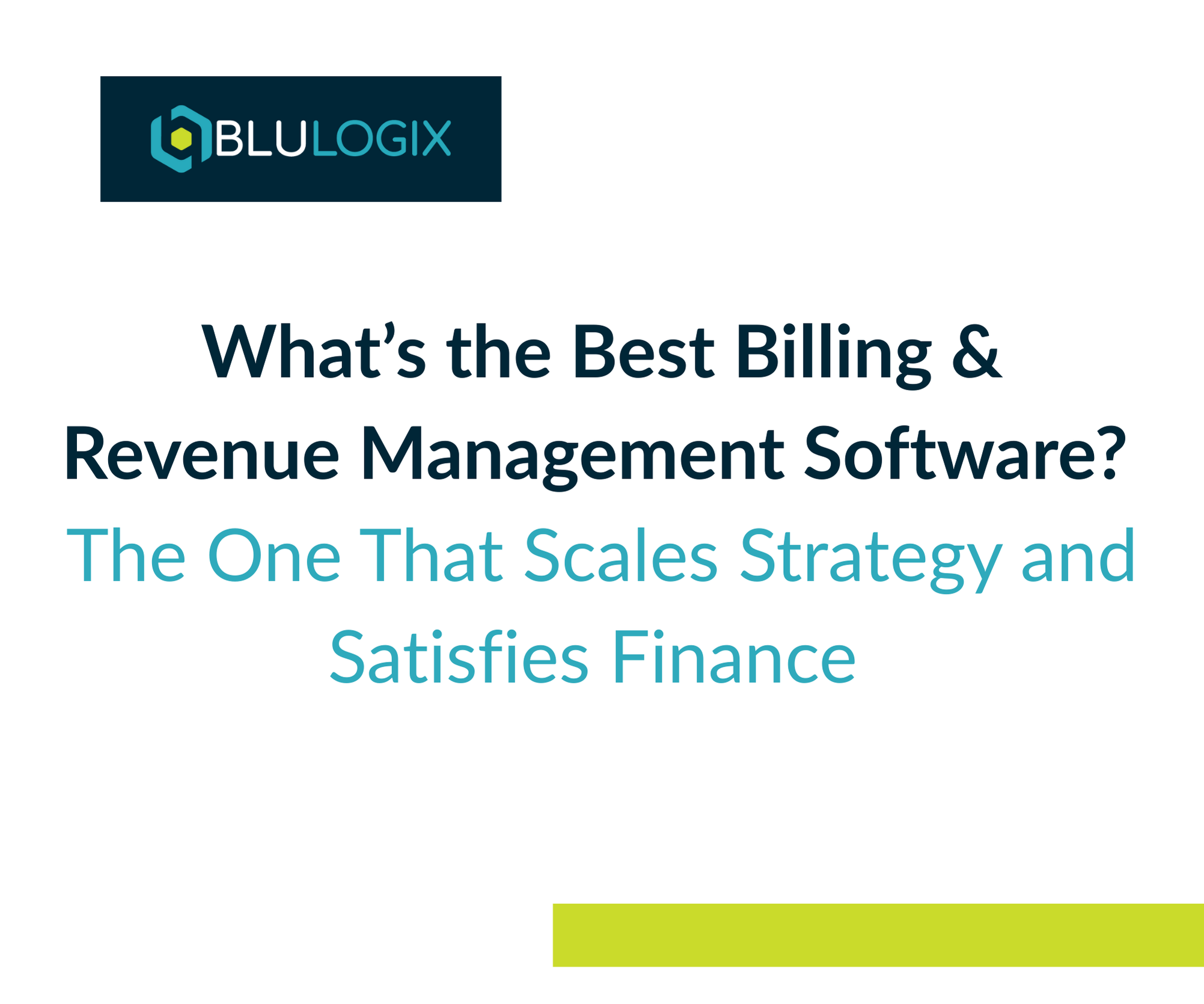Mastering the Art of Complex B2B Recurring and Subscription Billing: Managing Digital Inventory Complexity
As the digital economy continues to expand, B2B companies are increasingly offering a variety of digital products and services, necessitating sophisticated strategies for managing digital inventory. Unlike physical inventory, digital inventory—comprising software licenses, cloud services, digital content, and more—presents unique challenges in tracking, billing, and ensuring compliance. This blog post will review the complexity of managing digital inventory in subscription models and shares best practices for effective oversight.
Take your business further with BluIQ’s flexible, scalable, enterprise-grade intelligent billing solutions.
Understanding Digital Inventory Challenges
Digital inventory management goes beyond merely keeping count of items sold or services rendered. It involves:
- Accurate Tracking: Ensuring precise tracking of who has access to what services, for how long, and under what conditions.
- Dynamic Billing: Adapting billing to reflect the fluid nature of digital services, which can change based on usage, time, or customer agreements.
- Compliance and Licensing: Maintaining compliance with licensing agreements and avoiding under- or over-provisioning of digital resources.
Best Practices for Managing Digital Inventory
1. Automate Inventory Management: Utilize specialized digital inventory management tools that can automate tracking and updating of digital assets. Automation reduces errors, saves time, and provides real-time visibility into inventory levels.
2. Integrate Inventory with Billing Systems: Ensure your digital inventory system is seamlessly integrated with your billing platform. This integration enables dynamic billing based on actual usage or access changes, ensuring customers are billed accurately and efficiently.
3. Utilize a Centralized Inventory Database: Maintain a centralized repository for all digital inventory data. This should include details on usage rights, licensing terms, and access conditions for each product or service, making it easier to manage and query inventory information.
4. Implement Robust Access Controls: Establish strict access controls and authentication measures to monitor and manage who can access your digital inventory. This not only helps in preventing unauthorized use but also in tracking usage for billing purposes.
5. Regularly Review Licensing Agreements: Periodically review and update your digital inventory to ensure compliance with licensing agreements. This practice helps in avoiding penalties for non-compliance and optimizes inventory levels to match customer demand.
6. Offer Transparency to Customers: Provide customers with access to their digital inventory usage and billing records through customer portals. Transparency builds trust and helps in preempting billing disputes or inquiries.
7. Monitor and Analyze Inventory Data: Continuously monitor digital inventory levels and usage patterns. Analyze this data to identify trends, forecast demand, and make informed decisions about inventory adjustments or new service offerings.
8. Train Your Team: Ensure that your team, especially those involved in inventory management, billing, and customer support, are well-trained in handling digital inventory. Knowledgeable staff can better address customer questions and manage inventory effectively.
Effective management of digital inventory in the B2B subscription model is critical for maintaining operational efficiency, ensuring customer satisfaction, and achieving compliance. By embracing the complexities of digital inventory and implementing these best practices, businesses can not only overcome the challenges but also leverage their digital offerings as a competitive advantage.
Stay tuned for our next blog post, where we will explore the intricacies of customer retention strategies in the B2B subscription world, focusing on renewal, penetration, and customer success management.
Take your business further with BluIQ’s flexible, scalable, enterprise-grade intelligent billing solutions.
Learn more

What’s the Best Billing & Revenue Management Software? The One That Scales Strategy and Satisfies Finance

Features That Power Complex B2B Contracts — And How BluLogix Delivers Them



